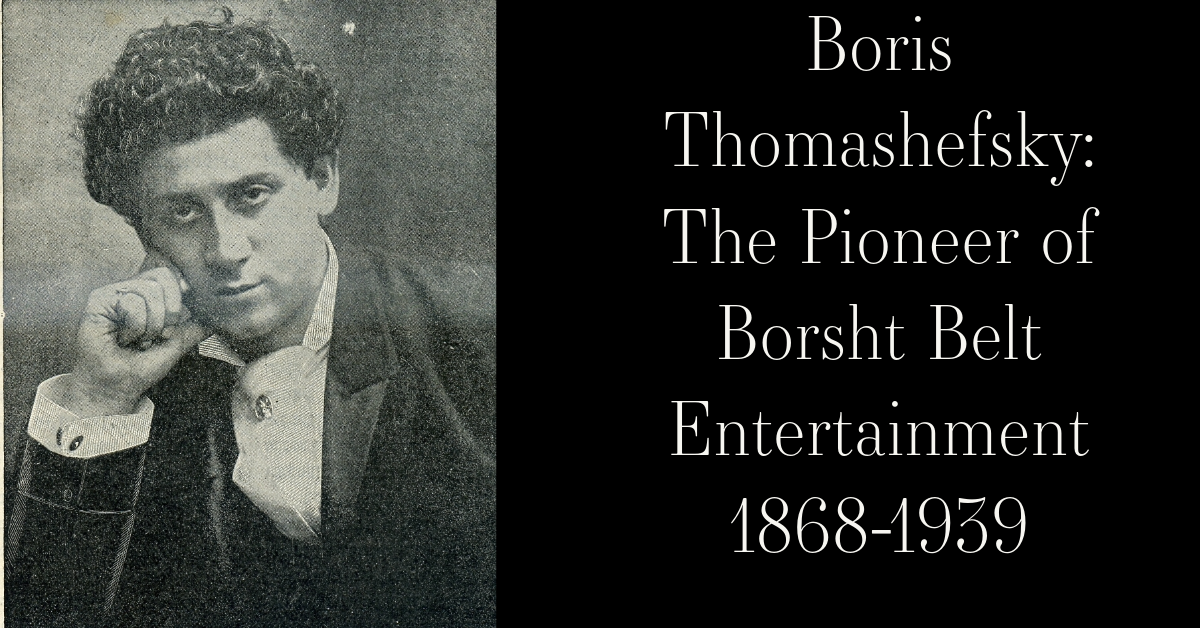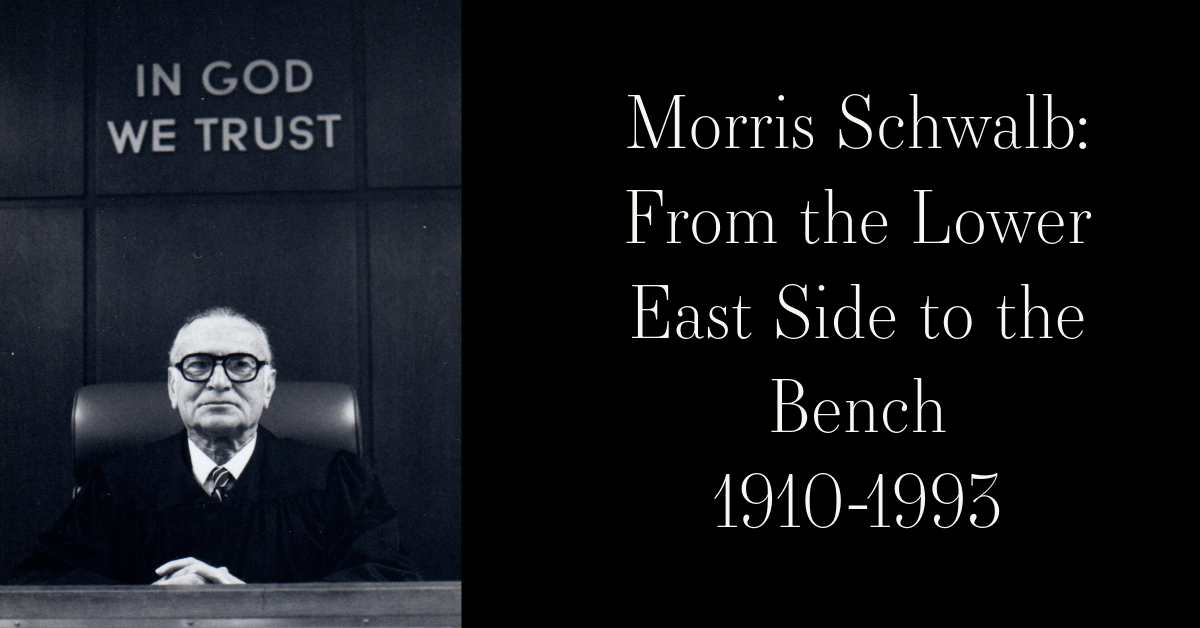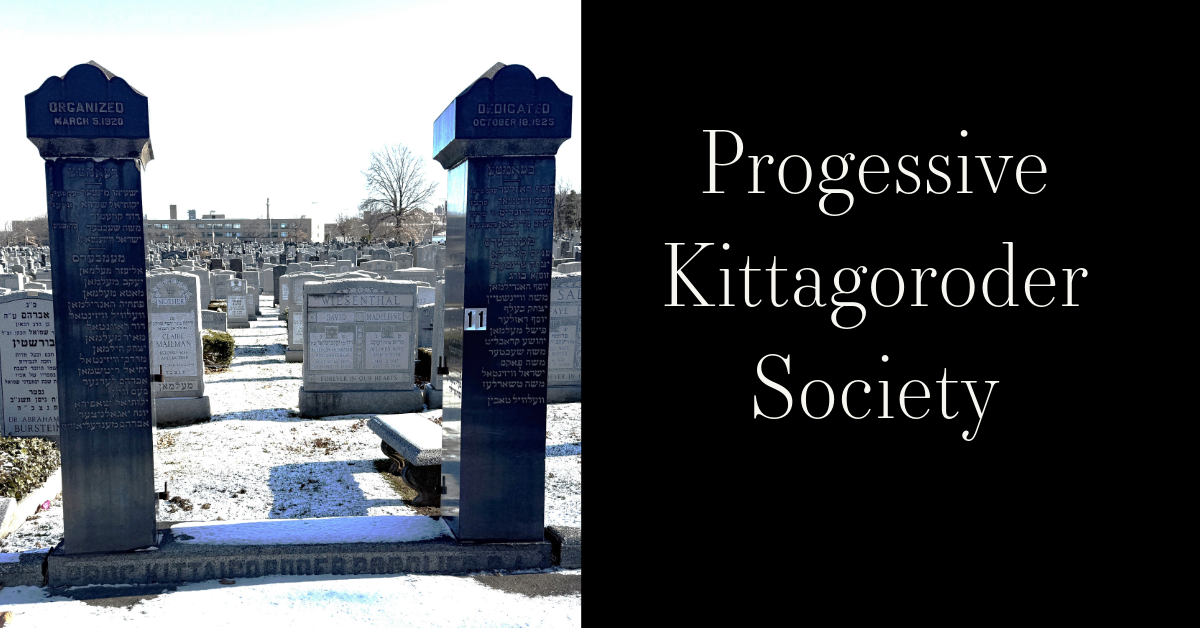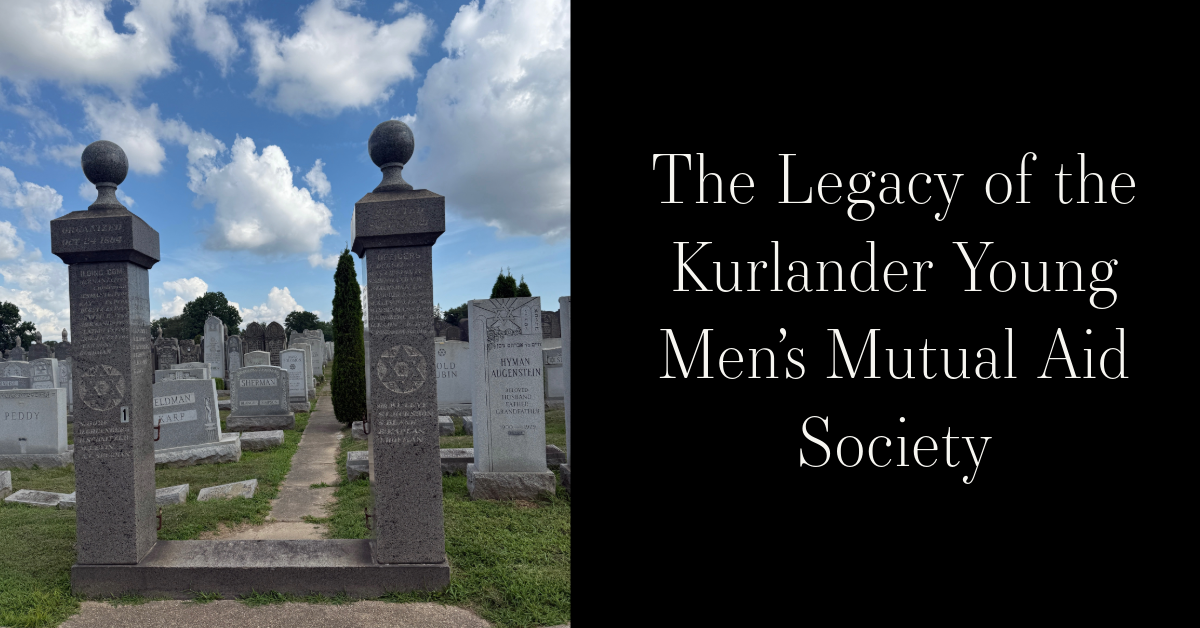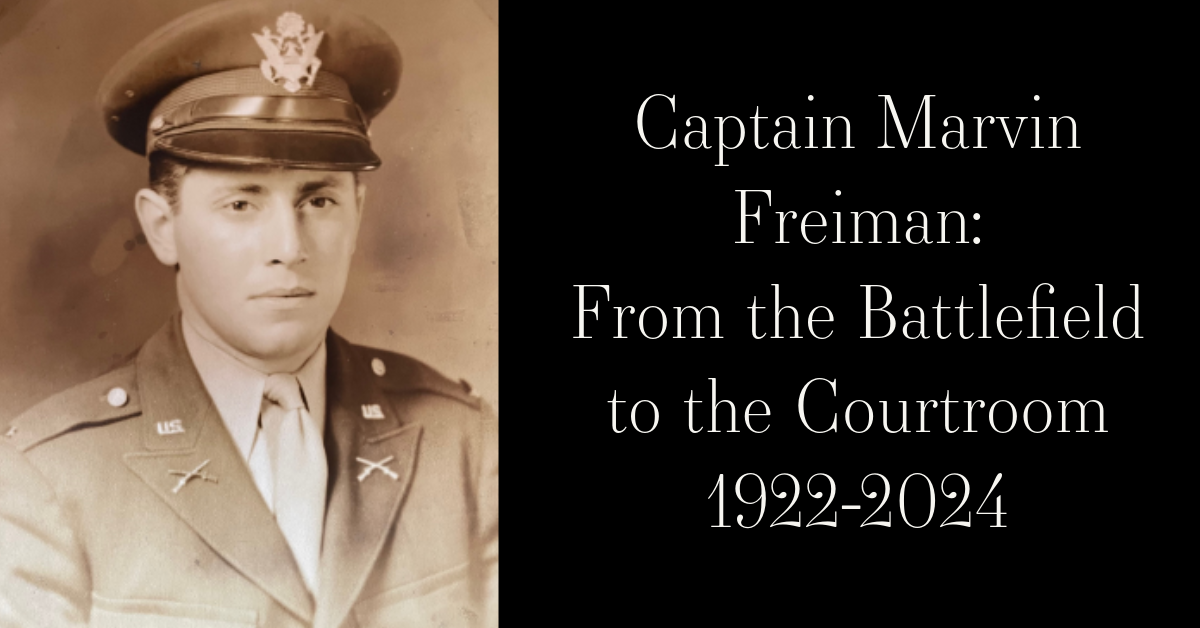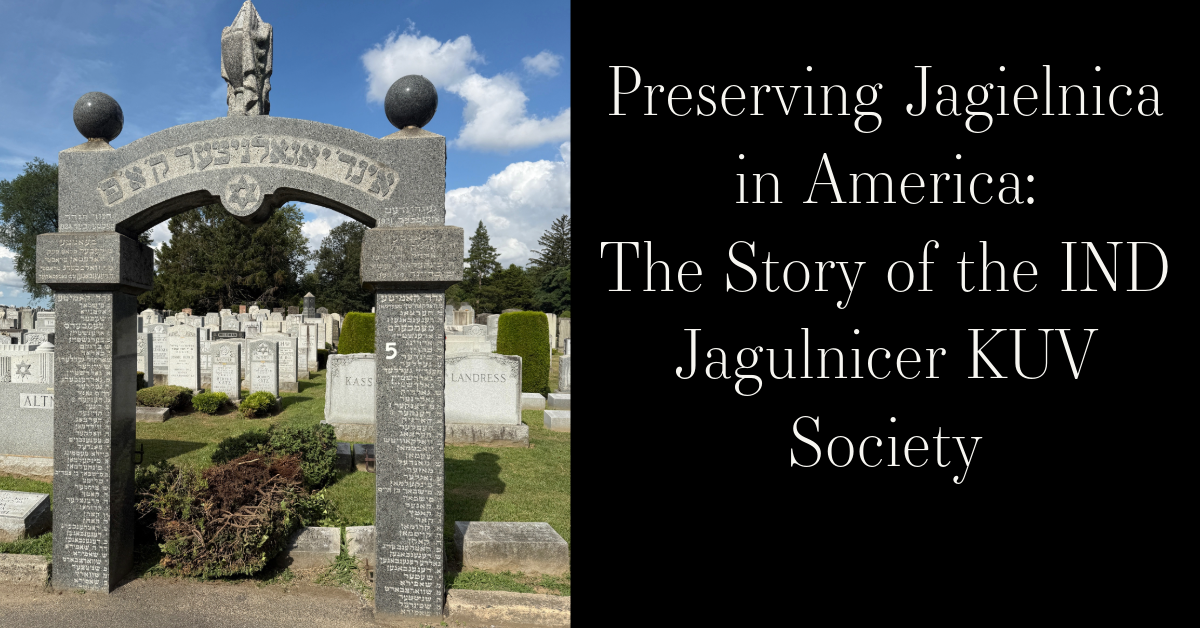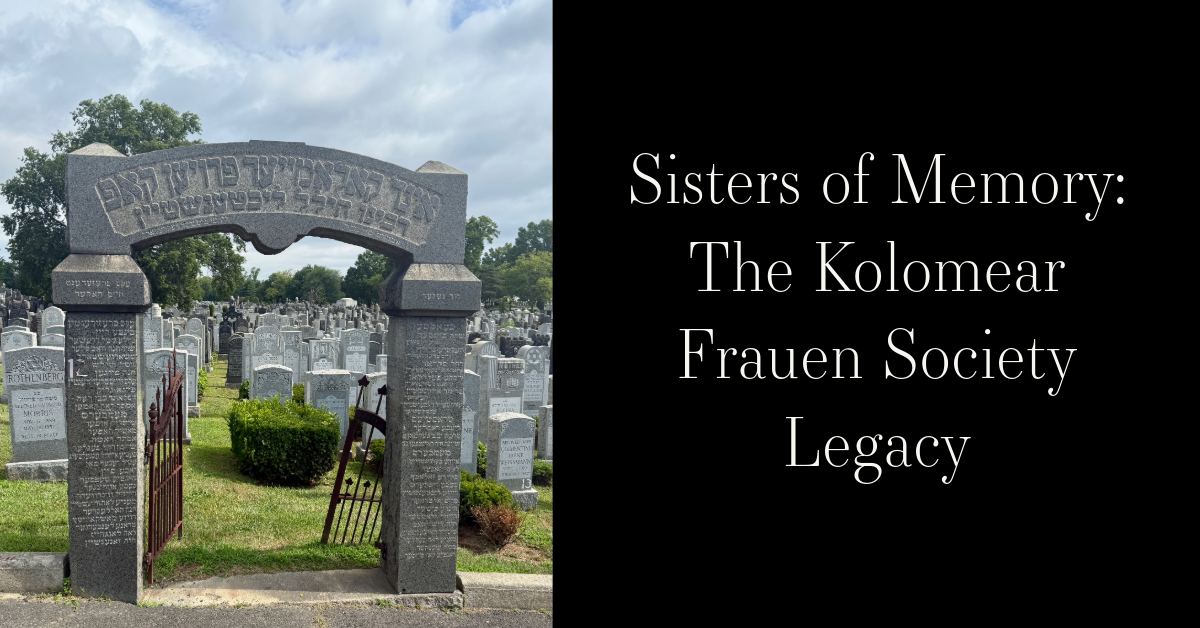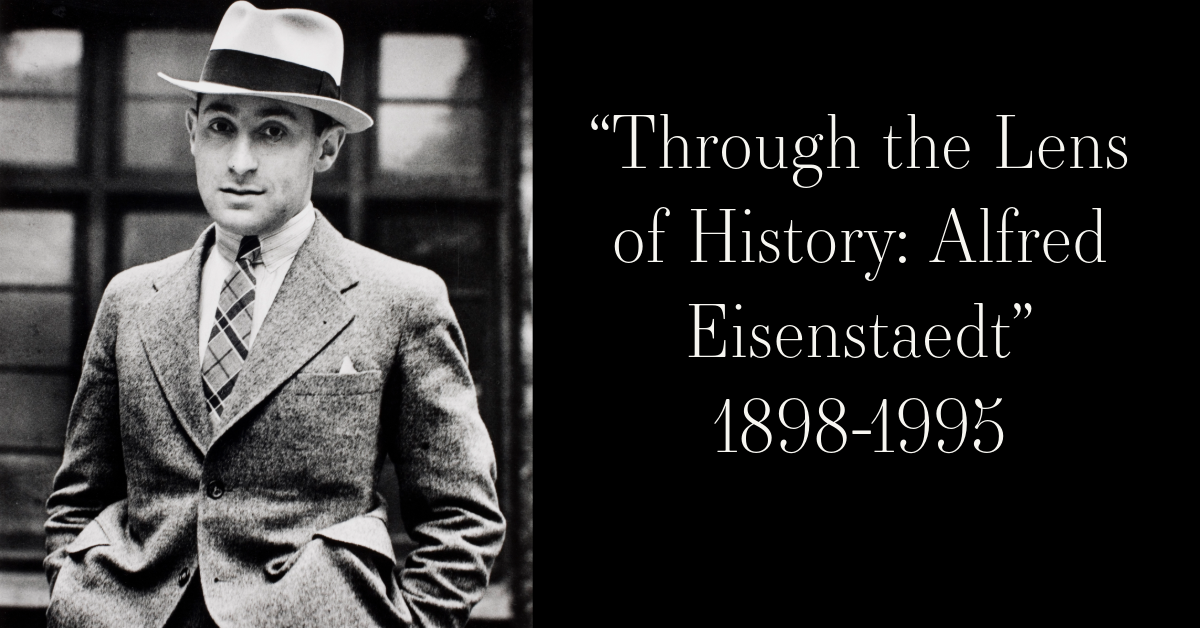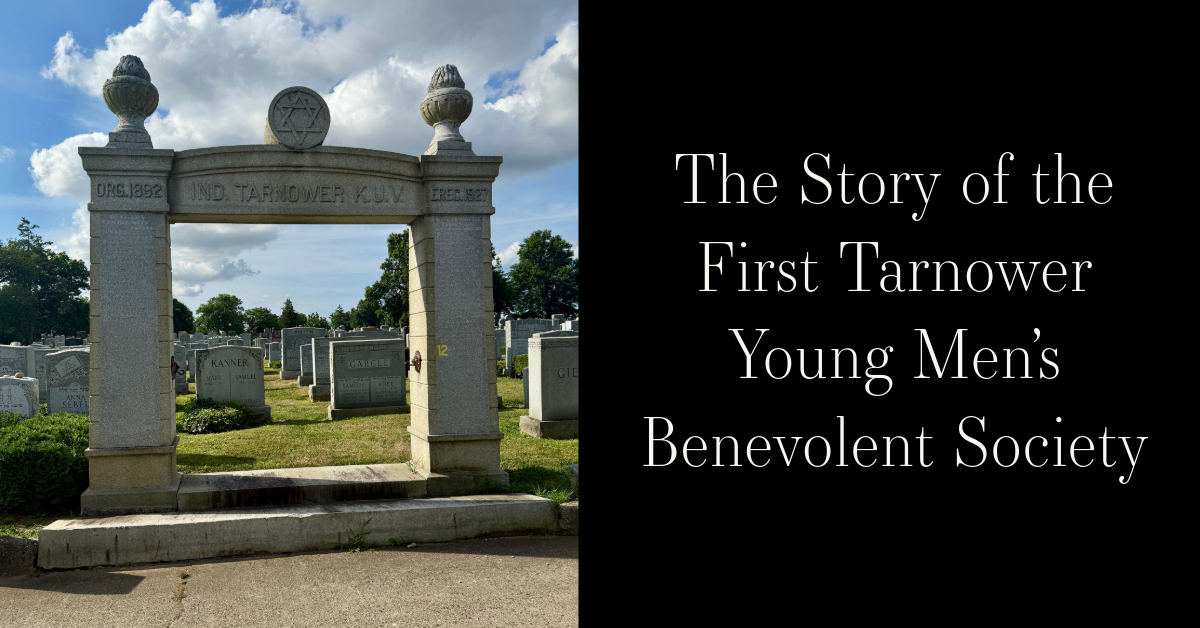Boris Thomashefsky: The Pioneer of Borsht Belt Entertainment
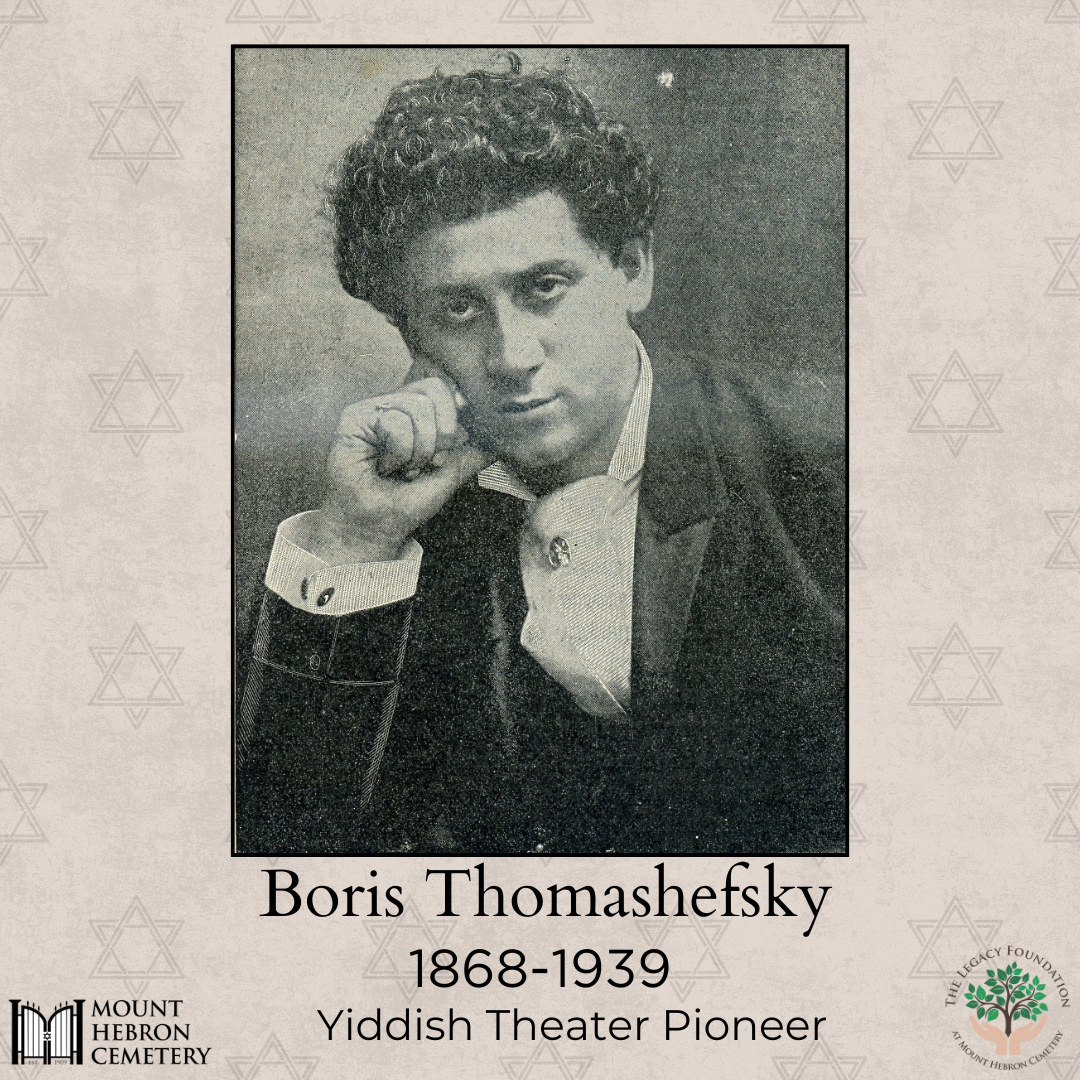
Boris Thomashefsky, named Boruch-Aharon at birth, was born in a shtetl in Osytnyazhka, Kiev, Russia. He grew up in the town of Kamyanka and lived there until he was 11 years old. Boris was the son of Pinchus (Phillip) Thomashefsky (a Yiddish actor and playwright) and his wife Elizabeth (Lizzie). Pinchas, a devout Jew in his youth, graduated from the Rabbinate and was both a musician and a prayer leader. He was also employed in a Sugar Factory. He later opened a vinegar brewery in Kiev. After his marriage, Pinchas left his family and went away to the caucuses. When he returned, he no longer had his beard and peyos. Due to Pinchas’s religious denunciation, he and his family were sent away from Kiev.
Boris had five siblings who were named: Mary, Fannie, Mike, Emma and Anne. They were each associated with the Yiddish theater. The Thomashefsky’s left Kamyanka and moved to Berdychiv. Since Boris reportedly had a beautiful voice, he was accepted to be trained as a choir singer in the synagogue choir of Cantor Nisan Belzer. Boris eventually became a soprano soloist. Three generations of Thomashefsky’s had previously been cantors.
At 13 years of age, the Thomashefsky family were exiled from Russia due to them being suspected of harboring Nihllists (radicals). The Thomashefsky’s left Imperial Russia at a time when Yiddish theater was still thriving there. Three short years after Thomashefsky’s left, the ban on Yiddish theater went into effect.
In 1881, the Thomashefsky family emigrated to the United States. Early in Boris’s career, he took on different jobs to supplement his income. He started singing at the Henry Street Synagogue on Saturdays. He also worked as a cigarette maker in a sweatshop. It was at this sweatshop where Boris first heard songs from the Yiddish theater sung by some of the other workers. Even at the tender age of thirteen, Boris’s primary interest was the theater.
The next year, Boris was hired to produce the initial performance of the Yiddish theater in New York City. Boris wore multiple hats in this position: that of a manager, chorus master and lead female role for Koldunye (The Sorceress). The theater was in an area that would eventually become part of the Yiddish Theater District. Boris soon became a mainstay in the Yiddish theater, and he was thus given the moniker “The “Pioneer of Borscht Belt entertainment.”
When Boris grew up to manhood, he relocated to Chicago to act for a few years before returning to New York. After he established the National Theater, he acted with Jacob P. Adler and Jacob Kessler. Boris and his fellow performers had jointly made their first appearance in Shakespearean plays before the National theater was established. Chicago was Boris’s base for much of the 1800’s. Once Yiddish theater was banned in Russia, Russian performers came to America. Thereafter, Boris’s troupe came to include such prominent actors as Siegmund Mogulesko, David Kessler and Jacob Adler.
One of Thomashefsky's coworkers, Mr. Golubok, had two theatrical brothers in Europe who longed to come to America. Boris wanted to help the Golubok brothers and spoke to his acquaintance, Frank Wolf, who was a tavern owner in NYC. He was able to persuade Wolf to pay these men’s relocation costs from Europe to New York.
Frank Wolf rented a hall on Fourth Street in Manhattan and announced the performance of a play by playwright Avrom Goldfaden called Koldunye (the Witch) which was a Yiddish operetta. Boris was interested in a job, and he was able to cajole Wolf into giving him a job as both the producer and the director of the company although he was only 13 years old. Boris and his troupe traveled throughout the United States performing a variety of Yiddish plays. These performers had an audience of Jewish immigrants following them everywhere they went.
Boris wanted to bring additional European performers to America. He brought Abraham Goldfaden to the US and his first performance was Koldunye. This performance did not fare well. Religious wealthy German Jews were opposed to these plays since they felt that the Yiddish theater was not dignified. These jews wanted to sabotage the performance by attempting to purchase unsold tickets. Additionally, they attempted to bribe those who already purchased tickets not to attend by offering them free beer if they complied. However, these tricks did not work. The German Jews also bribed one of the actresses to fake a sore throat. Boris saved this performance by going on in her place. Since there was shortage of women on the Yiddish stage, Boris later often played feminine roles. This was the first performance of the Yiddish theater in America. Boris also appeared as a female impersonator n 1887 in the Manhattan Lyceum theater. This was also how Boris’s career was launched.
There was a plethora of famous European performers that Boris introduced to America such as Bertha Kalich, Rudolph and Joseph Schildkraut and Jacob Ben-Ami. Even the Gershwin brothers got their start with Thomashefsky’s. Boris and Bessie gave a start to a multitude of actors, composers and producers who went on to start their own theatres and movie studios. These people opened theaters and production companies as well as publishing houses and many other successful business ventures. Boris brought Rebecca Zuckerberg to this country where she was called “The Yiddish Tetrazzini.”
Shortly afterward, the teenage Thomashefsky pioneered the idea of taking Yiddish theater "on the road" in the United States. His troupe performed Goldfaden's plays in the 1880’s in cities such as Philadelphia, Washington, D.C., Baltimore, Pittsburgh, Boston and Chicago.
When Boris was in his prime, he was almost as well known for his wardrobe as for his acting. His clothes were imported from Europe, and he looked like a dashing gentleman in Manhattan where, for years, he idolized by other Jews. Borris and Bessie were so popular that some of their fans became obsessed with them and started stalking the couple. These people pursued Boris and Bessie and their children with the same kind of fanaticism that fans who pursue stars show today.
Boris resided in Brighton Beach, Brooklyn for many years. Many of his famous Yiddish operettas and sketches were composed in his opulently decorated home. In 1910, Boris moved to a 12-room home on Bedford Avenue in Brooklyn. He also owned a bungalow by the sea, and a 20-acre property (81,000 m2) in Hunter, New York. This property included both an open-air theater, as well as a Garden which Thomashefsky called Thomashefsky's Paradise Gardens. There was also a barn on the premises for the three Arabian horses that were owned by Boris’s three sons.
While the Thomashefsky’s were not the only important Yiddish theater impresarios, they were the most celebrated. They brought a wide variety of productions to the stage: Jewish versions of Uncle Tom’s Cabin, Goethe’s Faust and even Wagner’s Parsifal (this was a time before the rise of Nazism). After several years, Boris became a talented actor in musical comedies, parodies and romantic parts but he much preferred the classics. Boris was a prolific playwright who wrote nearly 500 plays in his career.
Boris had many of Shakespeare’s works translated. Boris had long been an admirer of Shakespeare (The Bard) and he induced Leon Kobrin to translate the Bard’s plays into Yiddish and presented them at the National Theatre. Boris starred in and produced an adaptation of Shakespeare’s Hamlet called Der Yeshiva Bokher [The Yeshiva Student], in which a wicked uncle smears rabbinic candidate’s reputation by calling him a nihilist and the young man dies of a broken heart. Boris’s size at nearly 6 feet tall and weighing 230 lbs. made him a rather strange-looking Hamlet, even though he went on a strict diet before working on his role.
Boris’s production of Hamlet was adapted to make it more accessible to a devout European Jewish audience and the start of this play, young Hamlet has been away at Rabbinical college. Edits such as these were not unusual in the Yiddish-language theatre scene. Some critics consider this the next step toward immigrant assimilation. Other critics see this as a move closer to the common ground between the new immigrants and their American neighbors.
Most of the plays were modified for their audiences. By adapting works such as Shakespeare’s King Lear or Ibsen’s Hedda Gabler to give them heimishe (familiar) endings, the theater enabled working class Jews to enjoy “high” culture while, at the same time, preserving their moral principles and values.
Bessie Thomashefsky was madly successful in her starring role in Oscar Wilde’s “Salome”. Boris first met 14-year-old Bessie Baumfeld-Kaufman, when she came backstage to meet the beautiful young "actress" she was watching on stage. According to Bessie, "Her hair was piled high with ringlets, and she had all this sparkling jewelry … She was the center of attention and flirting and all the men were watching her." Bessie was flabbergasted to learn that the woman was not a woman, but a man named Boris Thomashefsky. Bessie took over the female roles Boris had been playing. She stated that she learned everything she knew about coquettishness from Boris’s performances.
In 1888, Boris cajoled Bessie to accompany him to New York. He then gave Bessie her ticket to fame. It was her first starring role in Goldfaden’s Shulamis at the Boston Music Hall. When Bessie returned from New York, she ran away from home to join Boris’s company where took over the ingenue roles, as Boris moved on to romantic male leads. Boris and Bessie married in 1891. Boris opened the first Yiddish theater in Philadelphia in the same year as his nuptials. Bessie Thomashefsky gave birth to three sons and one daughter. At 16 years old, Bessie gave birth to Esther Thomashefsky. Esther was born two years before Boris and Bessie were married. In 1895, Esther passed away at the age of 6 from diphtheria. Harry, their first son, went on to direct the film King Lear in 1935. Their second son was named Micky. Mickey and his Aunt Emma were both paralyzed by attempted murders and both later died. Mickey, died in 1936. Their third son, Theodore, changed his name to Ted Thomas and became stage manager. Ted’s son was the famous co1905: Boris establishes theater at Hunter, New York (Catskills), where Dos grine vaybl, oder der yidisher yenki-dudl (The Greenhorn Wife or The Yiddish Yankee Doodle) premieres.
In 1906, Boris wrote Di Akrise (The Actress) as a tribute to Bessie which premiered in Hunter, NY. In 1908: Boris publishes his Teater Shriftn (Theatre Works), a series of essays dedicated to Bessie.
Boris had a long-term affair with Yiddish actress, Rebecca Zuckerberg, an Austrian born actress 20 years younger than Bessie. Bessie sought a separation once she discovered Boris’s infidelity. Both Boris and Bessie went on to have successful but separate careers. In 1912 Boris built the National Theater in NY. In 1915 when the theater opened, Rebecca Zuckerberg was the featured actress. Yiddish Show Business at the National Theater did amazingly well for another 40 years. In 1915, Bessie took over the management of the People’s Theater and the following season the theater was renamed “Bessie Thomashefsky’s People’s Theater. Rebecca became Boris’s common law wife, and she did not leave Boris’s bedside until his passing.
Thomashefsky made two unsuccessful efforts to work on Broadway. In 1923, he brought “Three Little Businessmen” to the Forty Fourth Street theater, but the show was a failure. Borris attempted to recoup his losses by bringing the Vilna troupe here from Russia. This attempt was also unsuccessful. In 1931, at the suggestion of Boris’s friend, Archibald Selwyn, a play broker who had many Broadway successes, Boris again tried Broadway. This time his vehicle, produced by Selwyn was “The Singing Rabbi,” which closed after a week. This was Boris’s last Broadway attempt after which time he gave up and traveled to South America where he spent part of the year with his son, Harry.
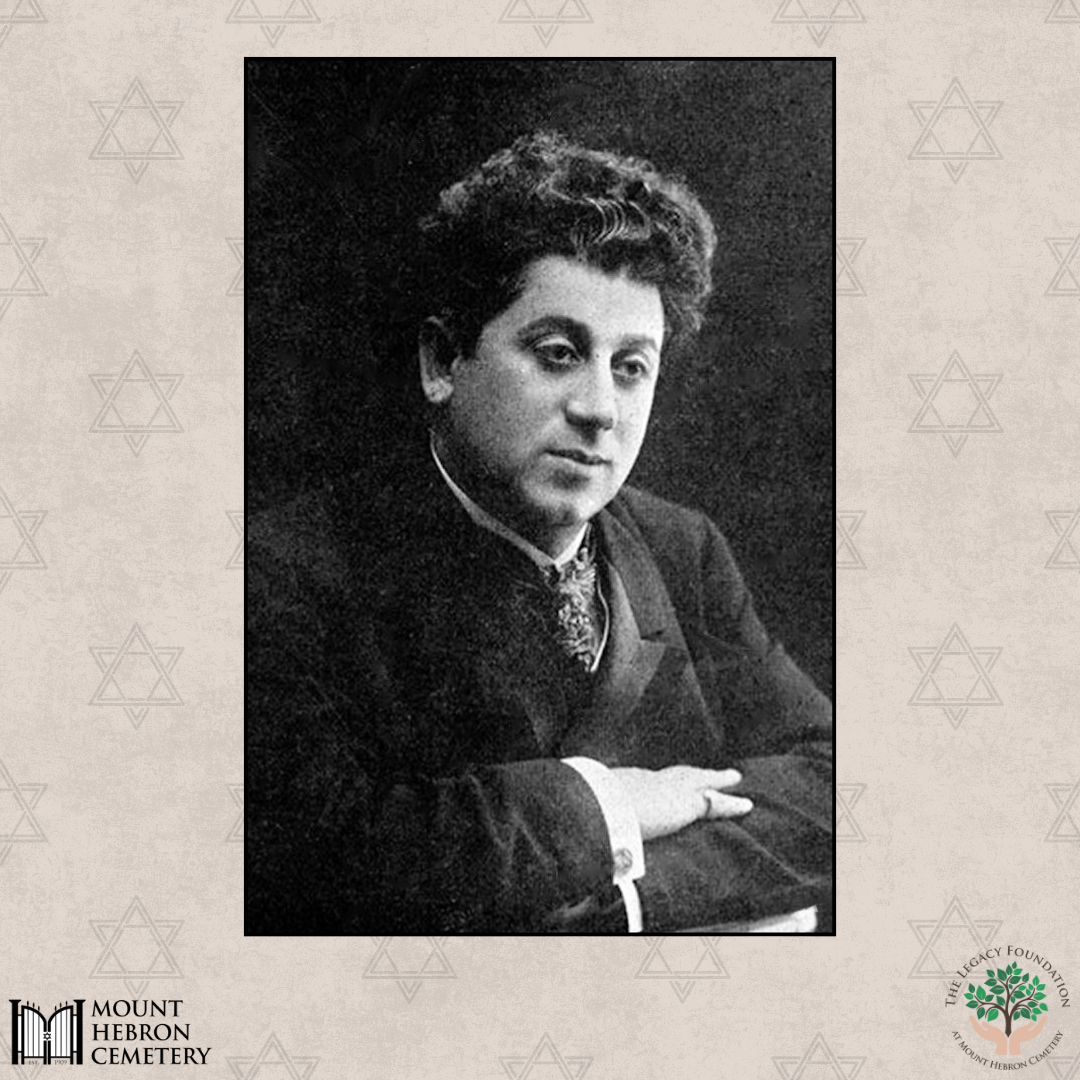
Boris Thomashefsky founded and funded a Jewish Army which he sent to Israel and was named after him. The unit later became a unit in the British Army. That was many years before Boris came into hard times. Boris had invested a great deal of his income into theatrical real estate such as The Broadway Yiddish Theatre which folded in March 1924. Boris was forced to file for bankruptcy in 1915 and never recovered from this setback. By the 1930’s, Boris had become a pauper. He pled debts of $76,297.65 and assets of $21,900.
Boris’s fame spread and he was recognized by both Groucho Marx and Mel Brooks. In the Marx Brothers film, Monkey Business (1931), Groucho Marx (in defending his right to hide in a gangster's moll's closet) exclaims, "That's what they said to Thomas Edison, mighty inventor, Thomas Lindbergh, mighty flyer, and Thomashefsky, 'mighty lak a rose'!" In Mel Brooks' 1968 film The Producers, Max Bialystock attributes his acumen as a Broadway producer to the tutelage of "the great Boris Thomashefsky" in the song "The King of Broadway. Boris’s grandson called Boris “a man about town - that's what Boris was.” He described how Boris went “hobnobbing with great people in the theater like the Cohans and people in society like Diamond Jim Brady and Feodor Chaliapin. The great opera singer was a big pal of his.”
While the Thomashefsky’s were not the only important Yiddish theater impresarios, they were the most celebrated. They brought a wide variety of productions to the stage: Jewish versions of Uncle Tom’s Cabin, Goethe’s Faust and even Wagner’s Parsifal (this was a time before the rise of Nazism). Boris starred in an adaptation of Shakespeare’s Hamlet called Der Yeshiva Bokher [The Yeshiva Student], in which a wicked uncle smears rabbinic candidate’s reputation by calling him a nihilist and the young man dies of a broken heart. Bessie Thomashefsky was wildly successful as the star of Oscar Wilde’s Salome.
Thomashefsky's career spanned both highbrow and popular productions. He himself wrote or arranged numerous stage pieces, produced and acted in sentimental melodramas, and revived Goldfaden's operettas. At the same time, he brought to the Yiddish-speaking public (often in adaptation) plays like Shakespeare's Hamlet (1893), Richard iii (1895), and Goethe's Faust (1902). He also introduced actors of stature, arranged for the Vilna Troupe to perform in the U.S., and staged Israel *Zangwill's Children of the Ghetto in Yiddish under Zangwill's supervision (1905).
The local Jewish children longed to go to the theater. One theatergoer recalled how, as a child, he and his friend’s found inspiration in Boris Thomashefsky’s accomplishments. He said, “once a week or once a month we went to the theater, and we saw the red velvet curtains with the name Thomashefsky in large gold letters. And we thought if it is possible for him (Boris) to do this then it is possible for us to do it.”
Borris and Bessie were so popular that a celebrity situation transpired. Some of their fans started stalking the couple. These people pursued Boris and Bessie and their children and with the same kind of fanaticism that fans who pursue stars show today.
Tilson Thomas, Thomashefsky’s grandson, recalls that being in the Thomashefsky family carried clout. He recalled, "My Fair Lady," was a new show which everyone was talking about. This show was the hardest ticket to get. His cousin took him to the theater where they saw people lined up around the block. He went with his cousin to the stage door, knocked and asked if Izzie, the manager, was around. Izzie came out. His cousin pointed at him saying that he was Boris Thomashefsky's grandson. Two minutes later Tilson Thomas and his cousin were in row five right in the center of that theater.
In 1937, Thomashefsky's autobiography, Mayn Lebns-Geshikhte was published. Approximately two years after the book’s publication, Boris Thomashefsky died on July 9, 1939 at Beth Israel Hospital, where he taken after suffering a heart attack. He was 71 years old. Boris was buried in the Yiddish theater section of The Mount Hebron Cemetery in Flushing, New York. When he died, 30,000 people gathered on the Lower East Side of Manhattan for his funeral. Thomashefsky is buried with his wife, who, although separated from him in 1911, never divorced him.
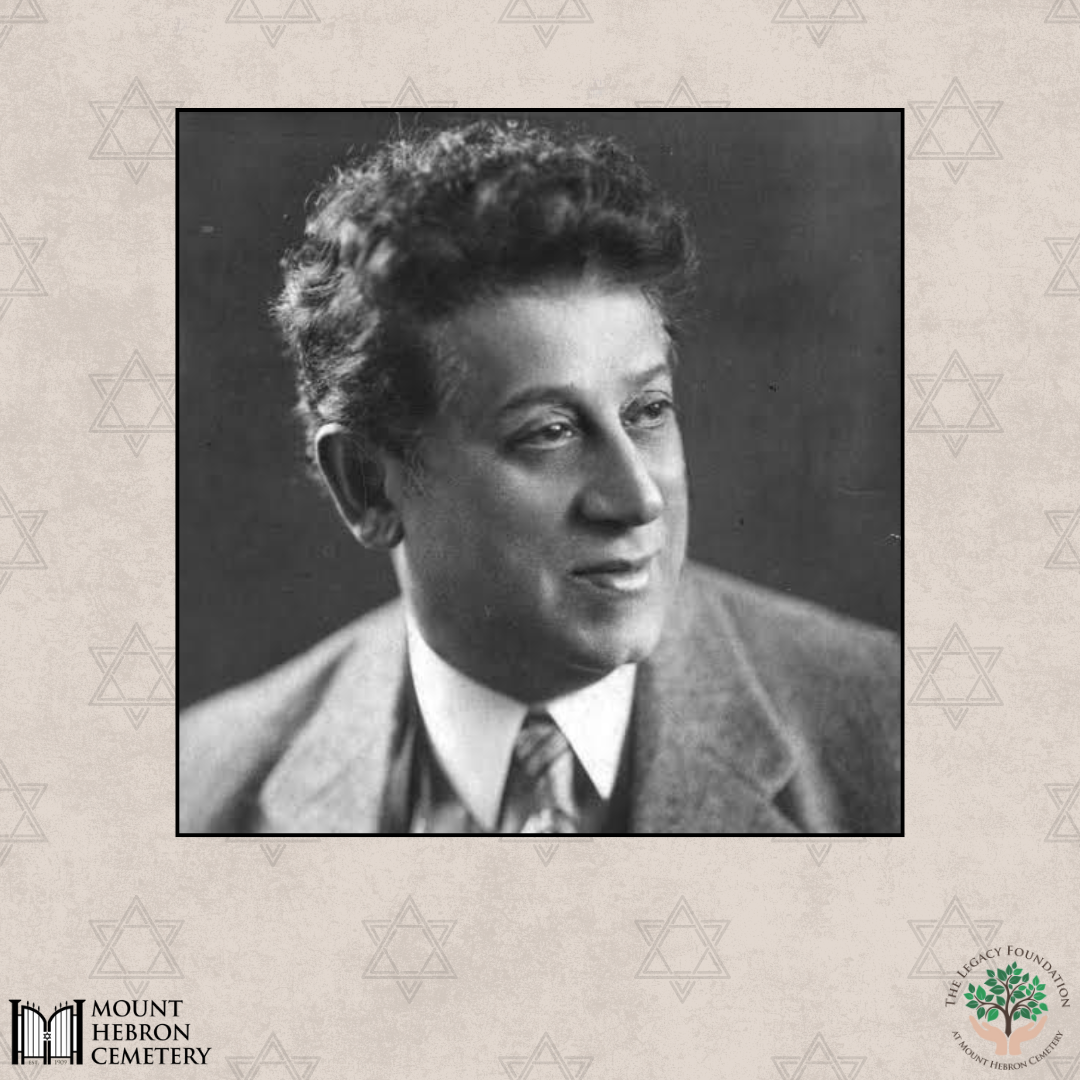
In 1998, The Thomashefsky Project was founded to preserve the story of the Thomashefsky’s and record the contribution made by the early American Yiddish theatre to American life. As a result of this project, many disintegrating scores and scripts have been located, catalogued, preserved and reconstructed. Thousands of pages of scripts, song lyrics, articles from the Yiddish press, memoirs, correspondence and audio recordings were translated into English for the first time. The Thomashefsky Project continues to research and catalogue materials in this collection as well as those of other archives and libraries.
On April 14, 2005, the first performance of The Thomashefsky’s: Music and Memories of a Life in the Yiddish Theater took place at Carnegie Hall. This show celebrated the lives of Boris and Bessie Thomashefsky and the music of the American Yiddish theatre.
In 2011, Michael Tilson Thomas hosted this stage show which would be presented in many states including New York, San Francisco, Chicago, Miami, Los Angeles and Tanglewood. Shuler Hensley portrayed Boris Thomashefsky in the show which aired on the PBS series Great Performances.
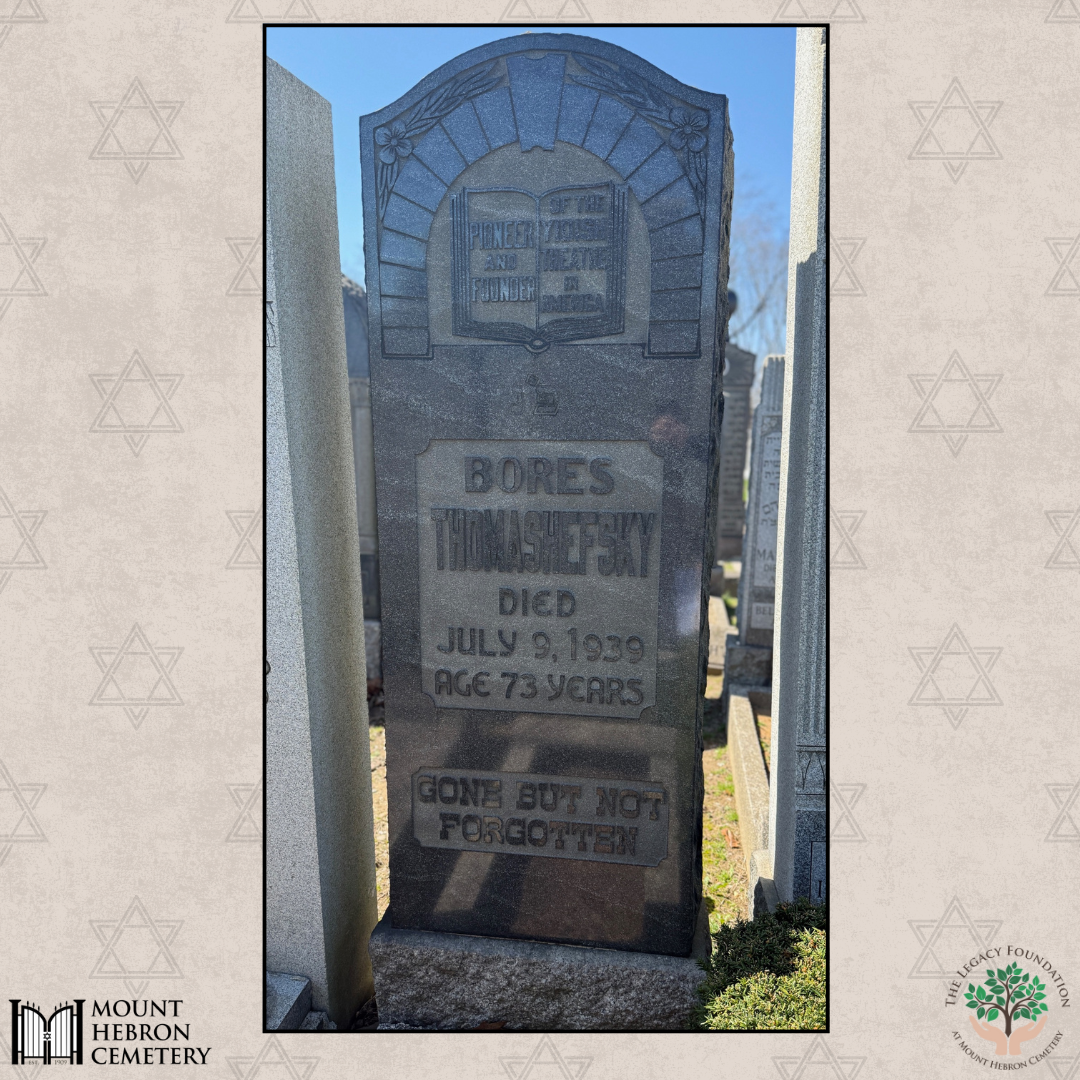
~Blog by Renee Meyers


